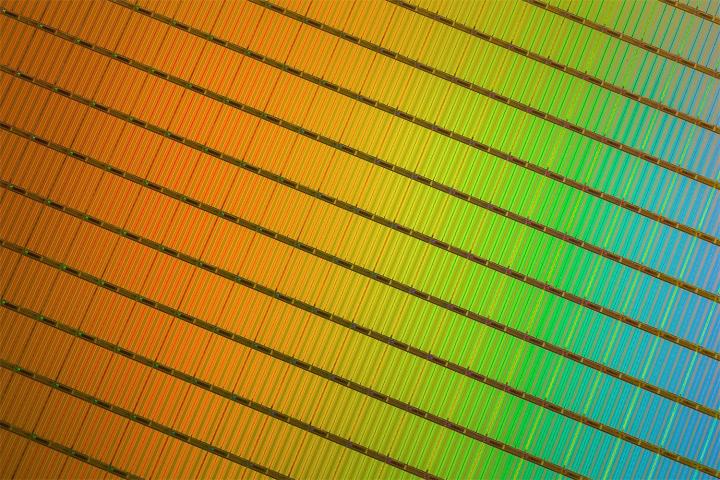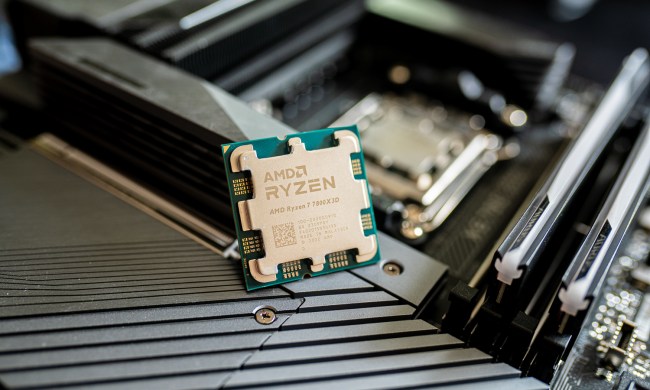
In addition, 3D NAND technology will increase the storage capacity of these devices. Keep in mind that flat NAND storage will eventually run out of physical space. Thus, like humans, 3D NAND builds vertically to increase the “population” of memory cells, essentially packing more inhabitants within the same physical space as 2D NAND.
With the current NAND, manufacturers are cramming memory cells (houses) side by side on a single die (neighborhood). Eventually, companies will hit a wall in regard to how small these memory cells can get. That’s where the idea came about to begin stacking memory cells like a skyscraper. The further up they go, the larger the storage capacity. Just imagine a stack of floors with numerous offices on each one.
With 3D NAND, there are numerous layers, and vertical “pillars” that intersect with each layer. A memory cell is created at each intersection of a layer and pillar, with each pillar supporting 32 memory cells vertically (there’s a 32-layer limit). These memory cells, which can be enlarged to increase capacity, don’t touch each other, limiting interference. To make this even more mind-boggling, each memory die contains more than four billion pillars.
According to Micron, its new 3D NAND memory die is up to 30 percent smaller than the typical flat NAND die providing the same capacity. It measues just 60.217mm2, the industry’s smallest 3D NAND chip thus far. This technology can also be used in low-power LPDDR4X memory modules to provide up to 20 percent more energy efficiency than LPDDR4 memory.
Micron said that its new 3D NAND for mobile is its first memory device using the Universal Flash Storage 2.1 standard that was published in March. It’s essentially a standard that defines a Universal Flash Storage electrical system and a Universal Flash Storage memory device, optimized for high performance and low power consumption.
“As mobile devices bypass personal computers as consumers’ primary computing device, user behaviors heavily impact the device’s mobile memory and storage requirements,” the company said. “Micron’s mobile 3D NAND addresses these concerns, enabling an unparalleled user experience that includes seamless high-definition video streaming, higher bandwidth gameplay, faster boot-up times, camera performance, and file loading.”
Due to the nature of 3D NAND, the subject has been a hot topic as of late. That’s because 3D NAND combines the capacity of a storage device with the speed of a memory module, eliminating the information bottleneck between the processor and storage device. That’s really exciting, and will likely provide developers and manufacturers the opportunity to create new experiences that just aren’t possible with today’s 2D NAND technology.
Micron said that it is now providing samples of its new 3D NAND mobile technology to partners and mobile customers. The chips are expected to become “widely available” by the end of 2016.


